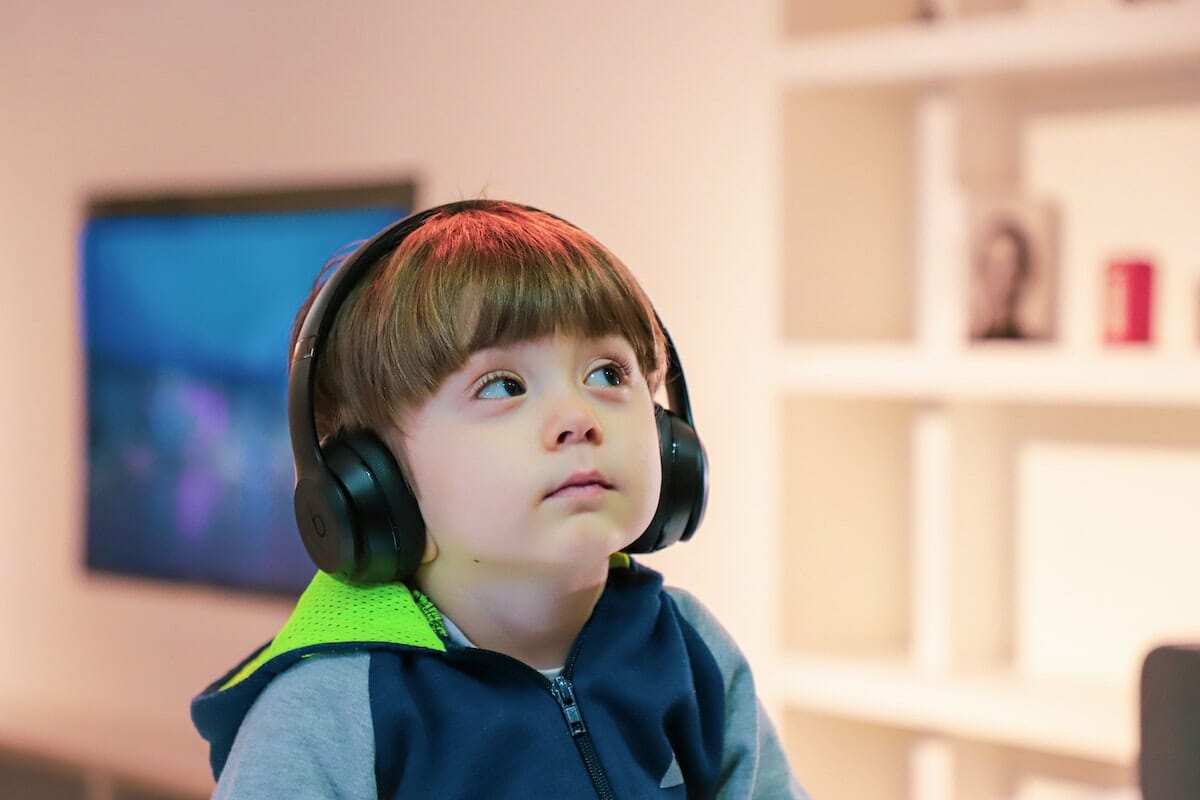Budweiser owner Anheuser-Busch is reported to have spent the highest amount on Super Bowl advertising this year. … [+]
Super Bowl Sunday is the day when people work as hard for their commercials as for the game. A 30-second spot for a commercial will be priced at $7 million this year, up from $6.5million last year.
Anheuser-Busch spent $20 million on advertising this year. This was for just three seconds of TV time. Its advertising budget was 3.5 times higher than that of its rivals. It may be difficult to continue making wise investments in these ads due to changes in demographics, and, most importantly, viewer behavior.
It will be increasingly difficult to reach younger audiences.
According to Gen Z, authenticity, experience and social responsibility are important. These are the factors Budweiser should be considering as it opens up its market for this generation of people,” Yuvay Ferguson (associate professor of marketing at Howard University’s School of Business) said.
The social media element should be included, since the viewers may not all have access to a large-screen TV. Even those in the room could still be using their phones.
Dustin York, an associate professor of communication at Maryville University suggested that advertisers should consider mobile activation strategies for targeting the digital natives Gen Z.
“Gen Z, which is multi-device-generation, will have their phones out during the big-game. So look out for ads to use QR codes and ‘watch it online’ strategies. Use hashtags and other techniques to activate viewers’ cell phones.
It’s not actors, but influencers
The increased popularity of Hollywood stars is another factor that drives up advertising costs. Big-name stars have long been in ads – Charlton Heston was in a 1995 Bud Light commercial while Jerry Seinfeld starred in a Super Man-themed ad in 1998 – but last year, a number of celebrities, including Halle Berry, Scarlett Johansson, and Anna Kendrick, were seen in high-profile spots.
Gen Z will be as impressed as any trusted influencer. These influencers are a crucial part of the Super Bowl promotion mix.
Ferguson said that Gen Z requires a reason for believing that a product worth exploring, and they are more trusting their “closest friends” on social media than actors.
Influencers can be smarter because they are more able to respond in real time.
Consider identifying influential people to host social media promotions live at events such as the Super Bowl. Ferguson explained that live streaming or contests are two examples to help fans feel connected in this brand-inspire experience. Accordingly to this group, ads that highlight interpersonal connections and socializing will get higher ratings.
After Pandemic Events
The Covid-19 lockdowns had an enormous impact on Gen Z. Ads that embrace experiential moments may also be a hit. What worked in the past won’t work tomorrow. Super Bowl ads may be popular, but a campaign that reaches younger audiences should look at deeper avenues.
Ferguson said, “This generation believes that corporations must do right by the greater good in order to attract Gen Z patronage.” This group will love Budweiser’s message about corporate social responsibility.








































































